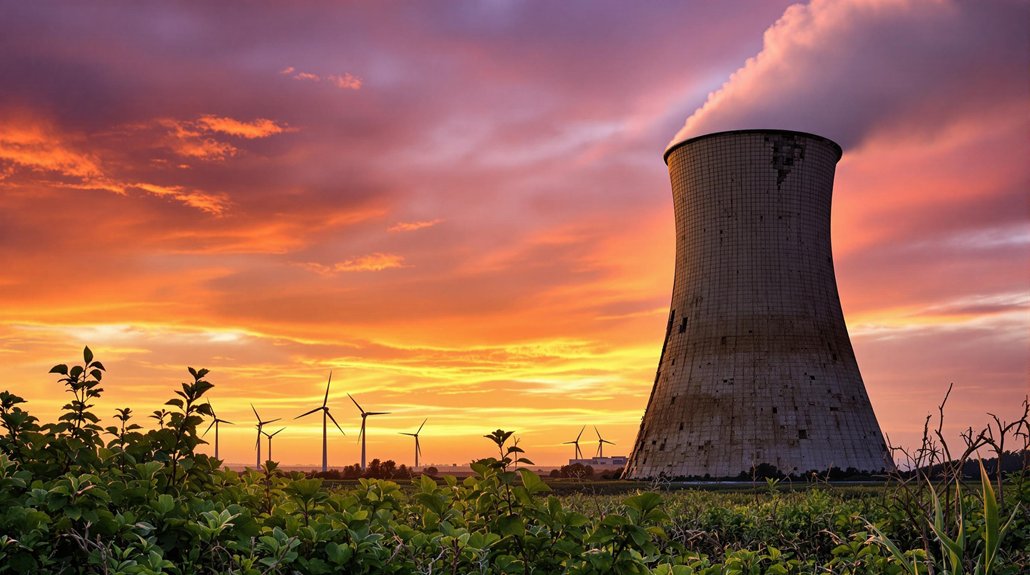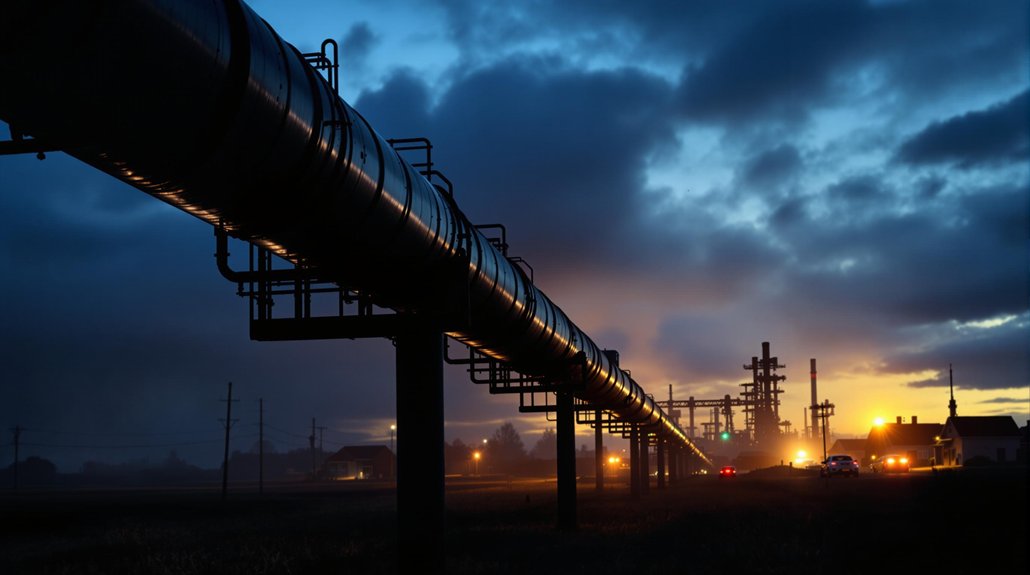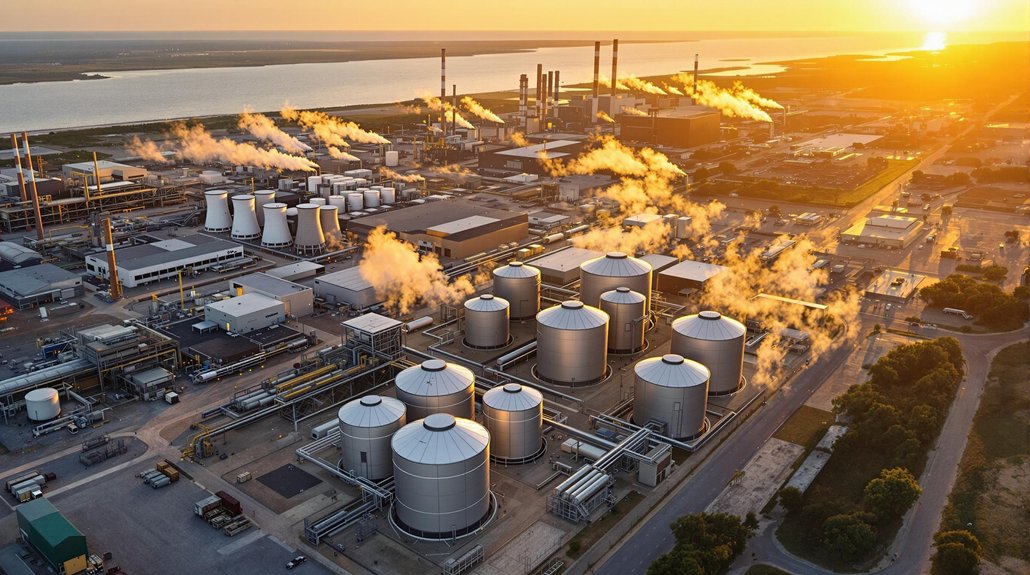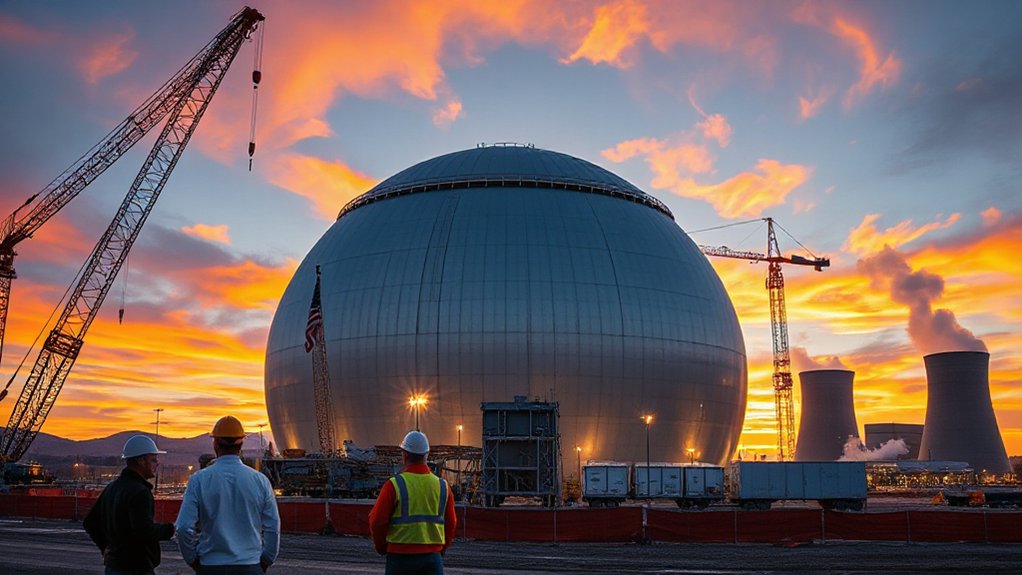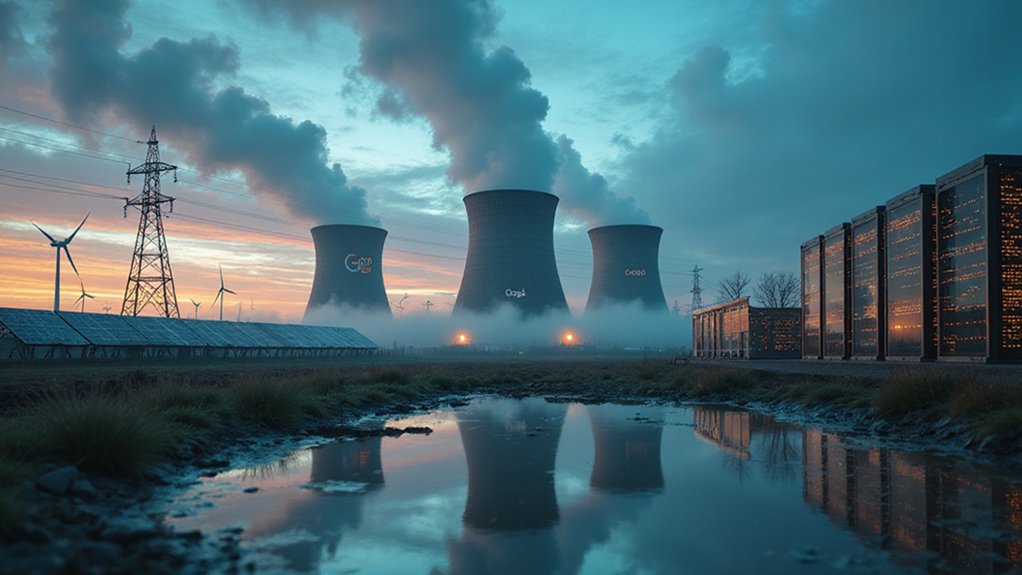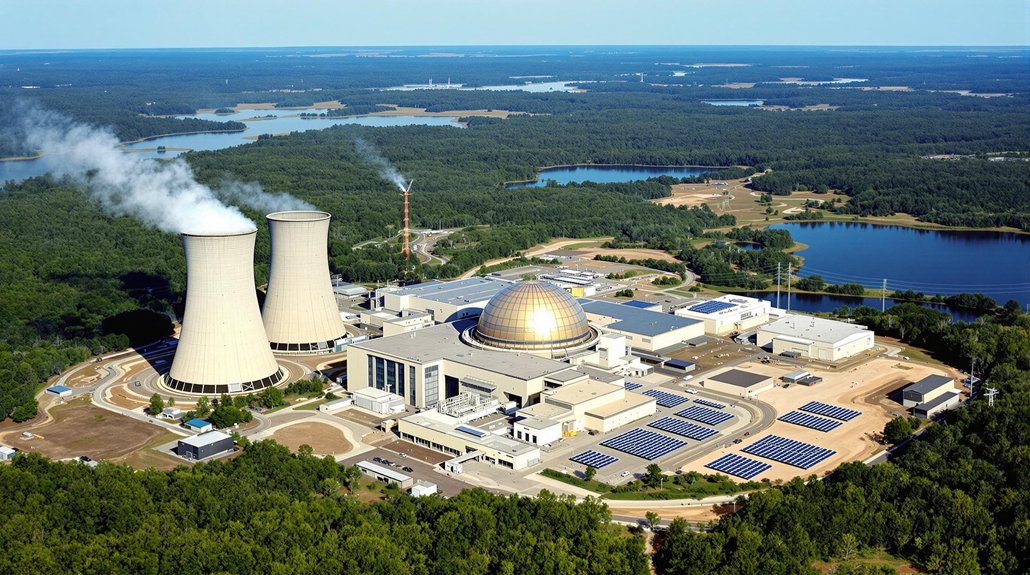Nuclear power’s global comeback shows a divided picture. While worldwide generation is expected to hit record levels in 2025, success varies dramatically by region. China leads with rapid expansion, building half of all new plants globally. Meanwhile, Western projects face massive delays and cost overruns. Small Modular Reactors offer hope but won’t arrive until the mid-2030s. The industry’s true revival depends on solving these stark regional differences.
After years of decline in the West, nuclear power is staging a remarkable global comeback. Nuclear generation is expected to break records in 2025, with a global fleet of nearly 420 active reactors. Industry experts project nuclear generation to grow by 3% annually through 2026, with over 70 gigawatts of new capacity under construction worldwide.
China leads this nuclear renaissance. The country is on track to become the world leader in installed reactor capacity by 2030, surpassing both the US and Europe. Half of all commercial nuclear plants under construction globally are Chinese, and 25 of the 52 reactors started since 2017 feature Chinese designs. This growth stems from China‘s stable, supportive policies.
China’s nuclear momentum positions it to overtake Western powers by 2030, fueled by consistent policy support and homegrown reactor designs.
Meanwhile, the US and European nuclear sectors face significant challenges. New projects suffer from delays and cost overruns. The average delay is approximately eight years long, with final costs typically 2.5 times higher than original estimates. Europe’s nuclear share has dropped from 35% in the 1990s to 25% today, and it’s projected to fall below 15% within a decade. Political support has been weak, and industry performance poor.
Small Modular Reactors (SMRs) offer potential growth, with the first commercial units expected by the mid-2030s. These reactors can be prefabricated and assembled on-site. Tech giants are taking notice – Google has partnered with Kairos Power for SMRs to power AI data centers, while Microsoft signed a 20-year deal with Three Mile Island. Despite the challenges, nuclear power produces low carbon emissions comparable to wind energy while providing stable baseload power generation.
Investment in nuclear power needs to double to $120 billion annually by 2030. Private investors, major banks, and tech companies are showing renewed interest. The UK has introduced new funding models to facilitate large projects.
Today’s nuclear facilities feature improved safety systems. The industry uses AI, digital twin technology, and virtual reality platforms to enhance operations and train staff. Advanced manufacturing techniques, including 3D printing, are transforming how nuclear plants are built. International cooperation guarantees safety improvements are shared globally.
As over 40 countries plan to expand nuclear energy‘s role in their power systems, the industry’s comeback appears real, though challenges remain substantial.
